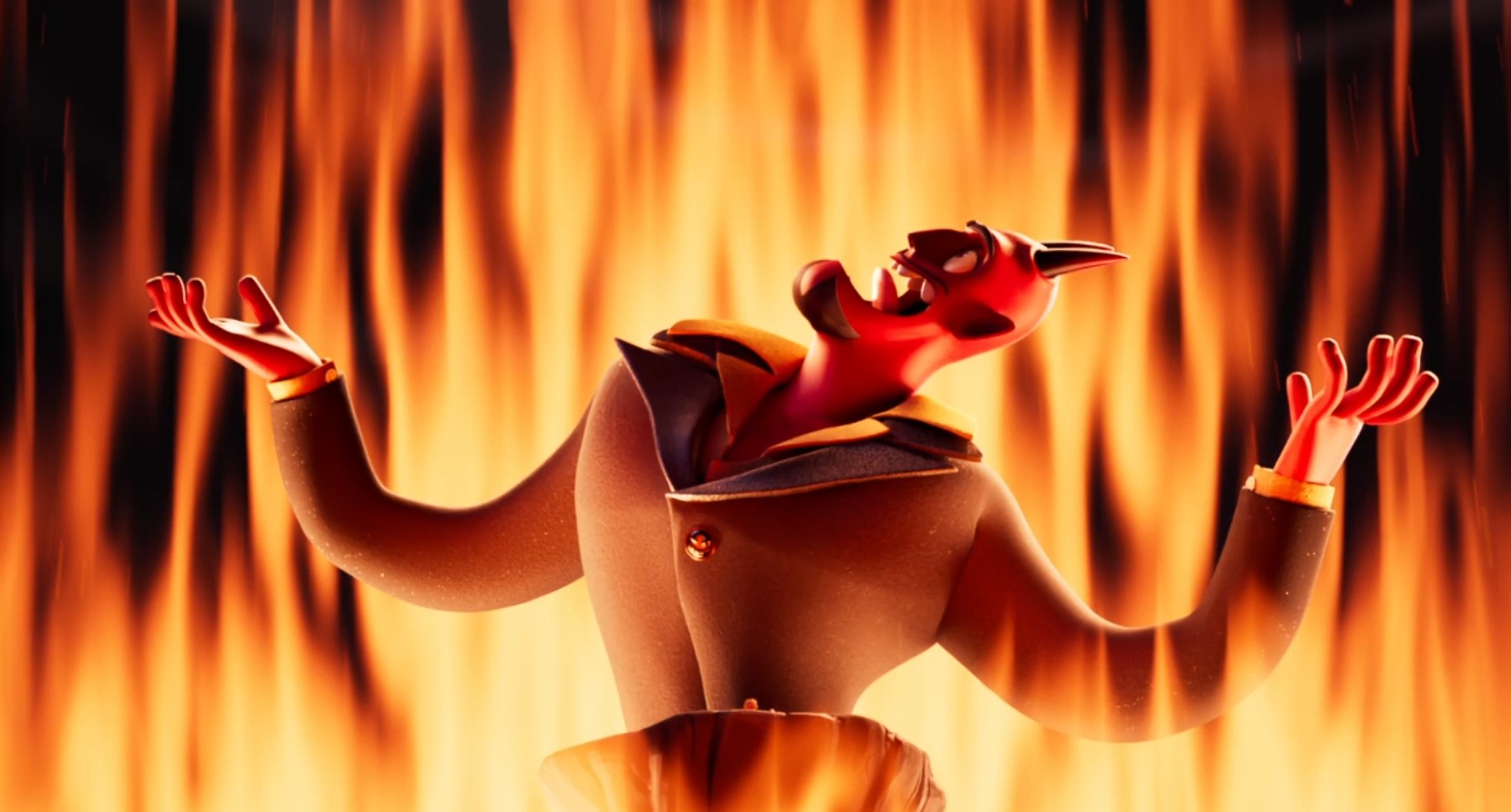Thanks to these techniques, people and objects disappear, are transformed and set alight, and the audience is swept up in the illusion, the magic of worlds that are sometimes realistic, sometimes fantastic.
To better understand what is meant by ‘special effects’ today, and to get the best possible grasp of these processes that require both great technical mastery and a real artistic flair, it is vital to know what we are talking about.
Being able to define and understand the past, present and future of special effects, as well as the essential workings of this industry, is an essential key for anyone wishing to embark on a training course in special effects, and specialise in a captivating profession with a bright future.
Special effects: what exactly are we talking about?
Special effects (or SFX) are a set of techniques used in the audiovisual industry to create actions, environments, objects, phenomena or beings that do not exist in reality, using physical (or digital, in this case VFX) means.
In the case of live-action cinema, these can be used both to modify images captured by the camera and to create entirely new elements or worlds.
Entire worlds can be brought to life using special effects, as is the case in animated films, in films that rely heavily on these techniques, such as the big science fiction blockbusters, and of course in video games.
The history and development of special effects
One of the first filmmakers to take a keen interest in special effects was none other than George Méliès.
A specialist in special effects techniques and a true magician of the cinema, Méliès began using special effects very early in his career, using both superimposed and freeze-frame images as well as pyrotechnic effects.
In 1902, Le voyage dans la lune, adapted from Jules Verne, caused a sensation, revolutionising the history of cinema forever.
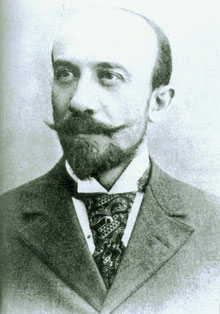
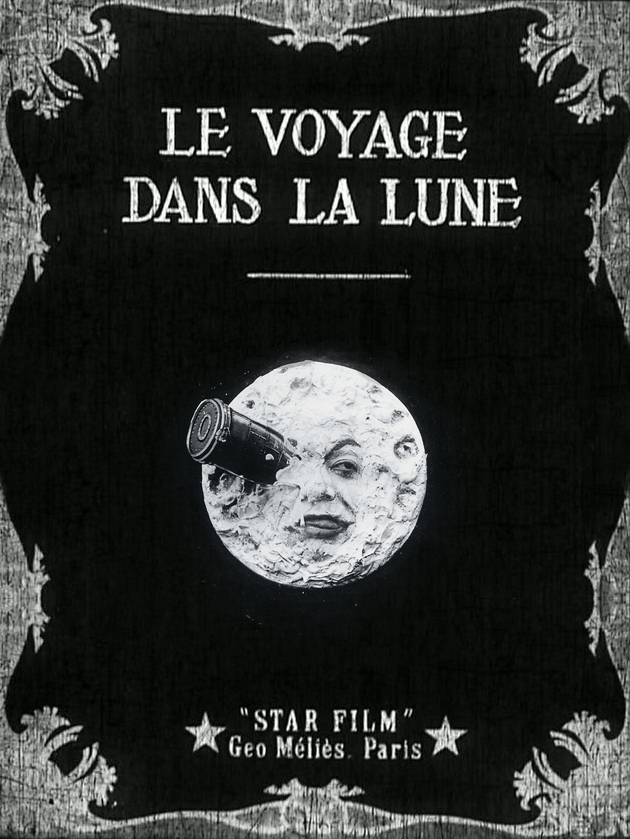
These techniques rapidly evolved, allowing a new genre to emerge: the monster film. King Kong , released in 1933, shook audiences the world over, thanks to the cutting-edge animation used by the production teams and the special effects that gave full scope to this creature from another world. It was a film that gave rise to many vocations, and gave Hollywood a definitive taste for special effects.
With the advent of the first computers, special effects began to play an increasingly important role in cinema, particularly through science fiction. 2001: A Space Odyssey and, of course, Star Wars represented a turning point in the history of digital special effects (VFX), bringing these technologies to the forefront once and for all.
The advent of Pixar, 3D animation and video games has elevated special effects to the status of a multi-billion-dollar industry affecting a wide range of sectors.
What are special effects used for, and who uses them today?
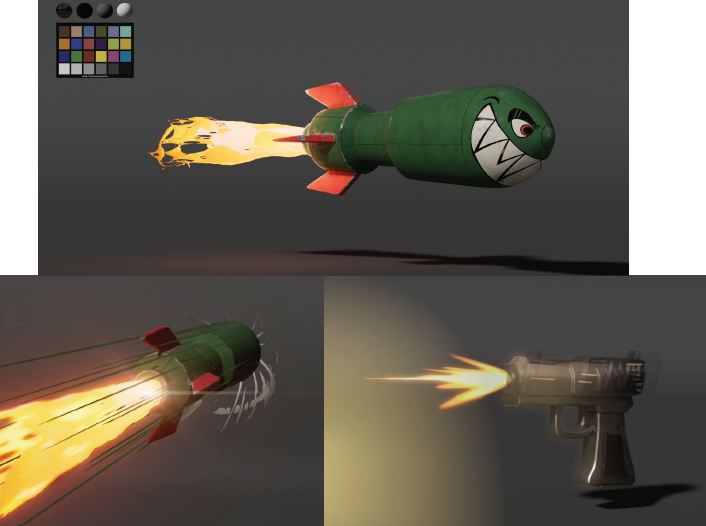
Today, it’s almost unthinkable to think of cinema without VFX. Technological developments never cease to amaze, and the extension of the use of special effects to sectors such as animation, video games and advertising has made this industry more dynamic than ever.
Special effects are used to give substance to the projects of many artists, to immerse players in dynamic worlds, and to transform simple digital puppets into fully-fledged characters. There are so many different techniques and tools that it can sometimes seem difficult to grasp.
The different types of special effects
There are many types of special effects, but the main ones can be grouped as follows:
Simulating effects
This technique brings essential elements such as fire, water and smoke to life, creating impressive pyrotechnic sequences.
Halfway between 3D modelling and animation, the artists who work in this field reinforce the impression of realism that we feel when discovering a video game, whether animated or in live action.
Matte painting
Initially practised by hand by experienced painters, matte painting is now a digital technique, making it possible to create sets that are impossible to reproduce using conventional means. This technique is often used to give depth to the most grandiose shots, both in films and video games.
Compositing
Initially practised by hand by experienced painters, matte painting is now digital, enabling the creation of sets that are impossible to reproduce by conventional means. A direct descendant of Méliès’ techniques, compositing makes it possible to assemble different images using specific tools, the best known of which is the green screen. By filming actors or objects against a green (or blue) background, they can be embedded in sets created from scratch, as in films such as James Cameron’s Avatar .is often used to give depth to the most grandiose shots, both in films and video games.

At the same time, many other sub-categories (around lighting, textures, animation, etc.) can also be assimilated into the special effects sector, with as many opportunities to find one’s path and build up expertise and a career.
The key special effects professions
VFX Artist, Matte Painter, Compositing Supervisor, Lighting Artist – these are all essential roles in bringing to life the worlds we have been talking about. And while, in the case of live-action films, these artists and technicians work mainly in post-production, it is not uncommon for them to be involved right from the start of the project development process, especially when it comes to animated films or video-game projects.
Today, VFX Artists can be found in a great many productions, and some of their creations have made them legendary in the world of cinema.
Special effects that have become a cult in the history of cinema
From the lightsabers of Star Wars to the dantesque animations of the Spider-Verse films, special effects have forged the history of cinema. It’s impossible to list them all, but here are a few that have become cult favourites:
- The “liquid metal” T-1000, Arnold Schwarzenegger’s antagonist in Terminator 2 from the mind of James Cameron, is a revolution in itself. After Abyss, where the director had already experimented with using digital special effects to bring his creature to life, Terminator 2 marks a turning point in the use of digital special effects.
- Bullet time” in Matrix. Using special effects on many levels, the Wachowskis’ films have gone down in cinema history thanks to this unique effect, which won them an Oscar in 1999.
- Of all the technological advances that enabled Peter Jackson’s Lord of the Rings to achieve cult status, the character of Gollum is undoubtedly the most impressive. In all, nearly 800 shots give the creature a prominent place in The Two Towers, brought to the screen by the Weta teams. It was a resounding success, enabling the company to win three consecutive Oscars for each of the three parts of this unforgettable trilogy.
- Finally, it’s impossible not to mention Pixar and its Toy Story, which transformed animation forever. By breaking away from animated cartoons to create this first feature-length film entirely on computer, the studio succeeded in its mad gamble and is now one of the biggest animation studios in the world.
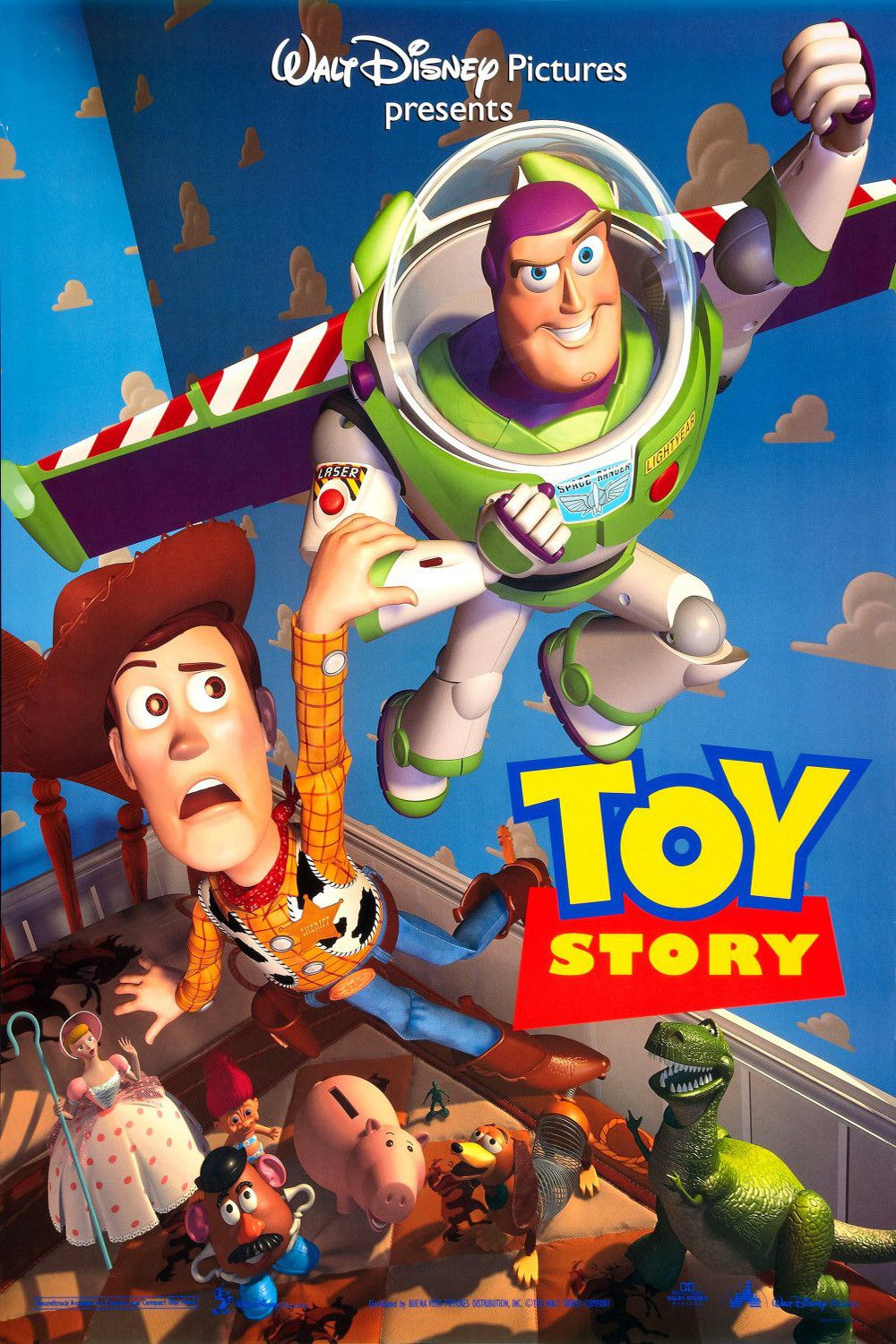
Education, training and career paths in special effects
Generally speaking, these roles are accessed through advanced studies in animation or 3D modelling.
At a 3D animation school, experienced students are trained in special effects management and the many digital tools used by the major studios.
At the end of this five-year training programme, which combines theoretical courses, practical work, internships and meetings with professionals in the sector, artists will be able to start their careers on a solid footing, having acquired the technical mastery they need to enter this dynamic sector.
